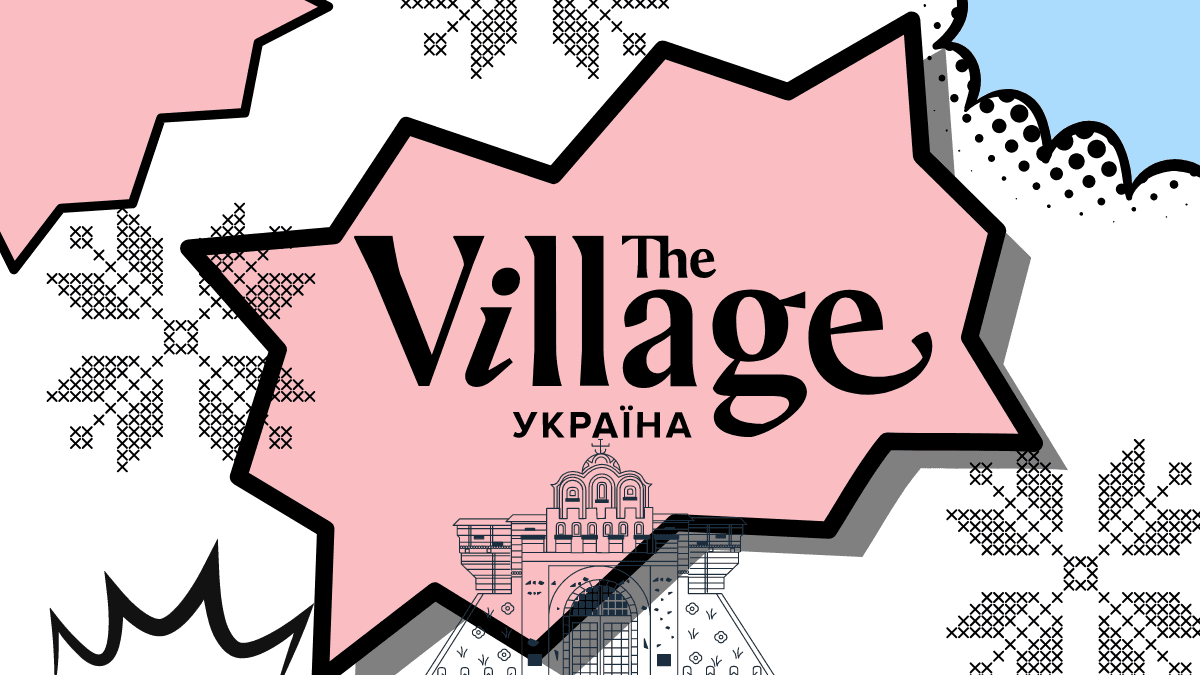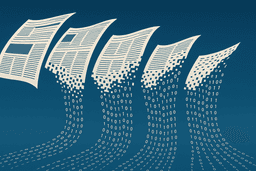
How we are running a city online newspaper amidst the war
Leading The Village Ukraine is like running TimeOut or Curbed, except your nation is fighting a full-scale war
The Fix Newsletter
Everything you need to know about European media market every week in your inbox
1 articles • 0 Followers









